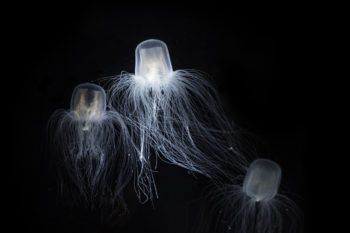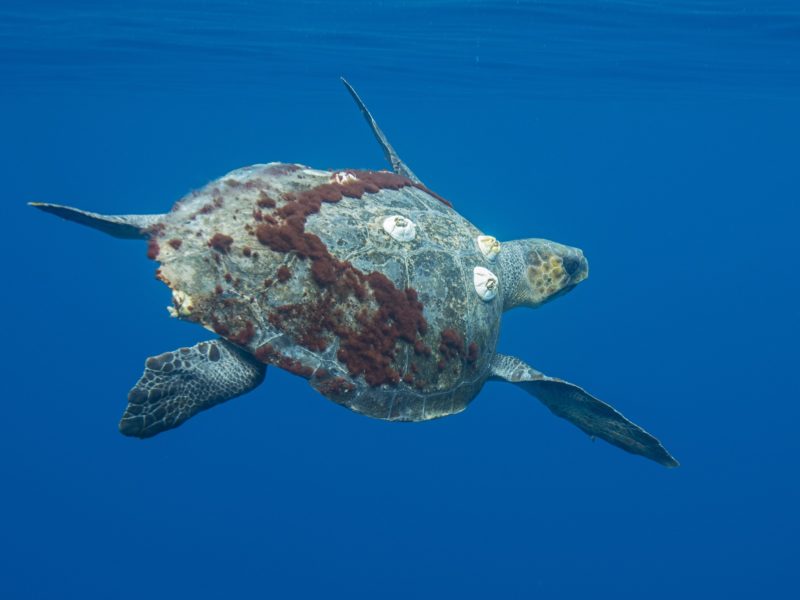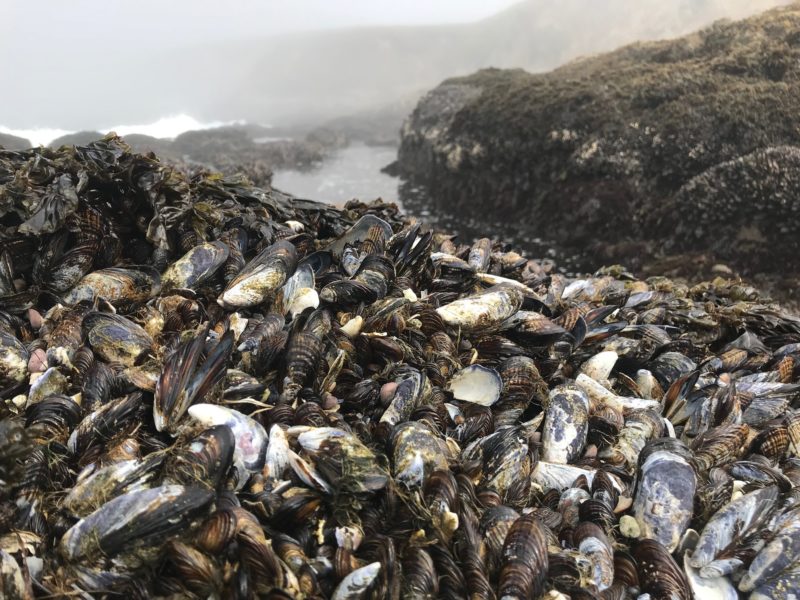This Jellyfish Can Defy Death And Turn Back Time

It appears that a species of jellyfish can not only defy death, but has the ability to change its form and actually reverse its aging in a sort of “Back to the Future” process, according to ongoing research by a Texas A&M University at Galveston professor.
Maria Pia Miglietta, associate professor in marine biology, has been researching the unique properties of Turritopsis dohrnii, often referred to as T. dohrnii, a jellyfish species found around the world, especially off the coastline of her native Italy. The jellyfish cells are able to undergo a process called transdifferentiation that allows T. dohrnii to revert back to a younger life cycle – much like a 40-year-old human who could go back to being a five-year-old.
“When T. dohrnii is faced with unfavorable conditions such as starvation, physical damage, change in temperature etc., instead of dying, it forms a cyst-like ball and settles on the bottom,” she said.
She said that in a few days, that cyst changes into a polyp and eventually these colonies form buds and a new jellyfish. In effect, it has prevented its own death.
“Transdifferentiation occurs when an adult cell matures into another type of cell that is needed at that very moment, and it is generally an important step during regeneration,” Miglietta said. “So by studying transdifferentiation in T. dohrnii, we can better understand how transdifferentiation works in general.“
She said the process of transdifferentiation is poorly understood. One reason is that when transdifferentiation does occur, it does so in a time span of several days.
“This makes it difficult to understand the underpinning genetics of the process,” she said. “But it so intriguing because this process lets T. dohrnii escape death and it becomes potentially ‘immortal.’ So our ultimate goal is to understand its life cycle and its genetics that allows it to escape death.”
Just as the venom of certain snakes is being studied for its potentially beneficial medical properties, the jellyfish has drawn worldwide attention in recent years.
Researchers are analyzing jellyfish for their possible treatments in muscular diseases, genetic disorders and even memory aids.
“From a scientific point of view, jellyfish are very simple invertebrates that have weird and unique life cycles and capabilities,” Miglietta said. “We are starting to understand that we can use them to ask interesting questions. There are songs dedicated to them, famous TV programs that mention them, short movies, books and so forth. They are especially popular with school-age kids all around the world. We have created a website so that the interested public can read scientifically accurate information.”
Her work is supported with a $294,000 grant from the National Science Foundation.
Media contacts:
- Maria Miglietta, 409-740-4458, miglietm@tamug.edu
- Rebecca Watts, 979- 229-0902, rwatts@tamug.edu





